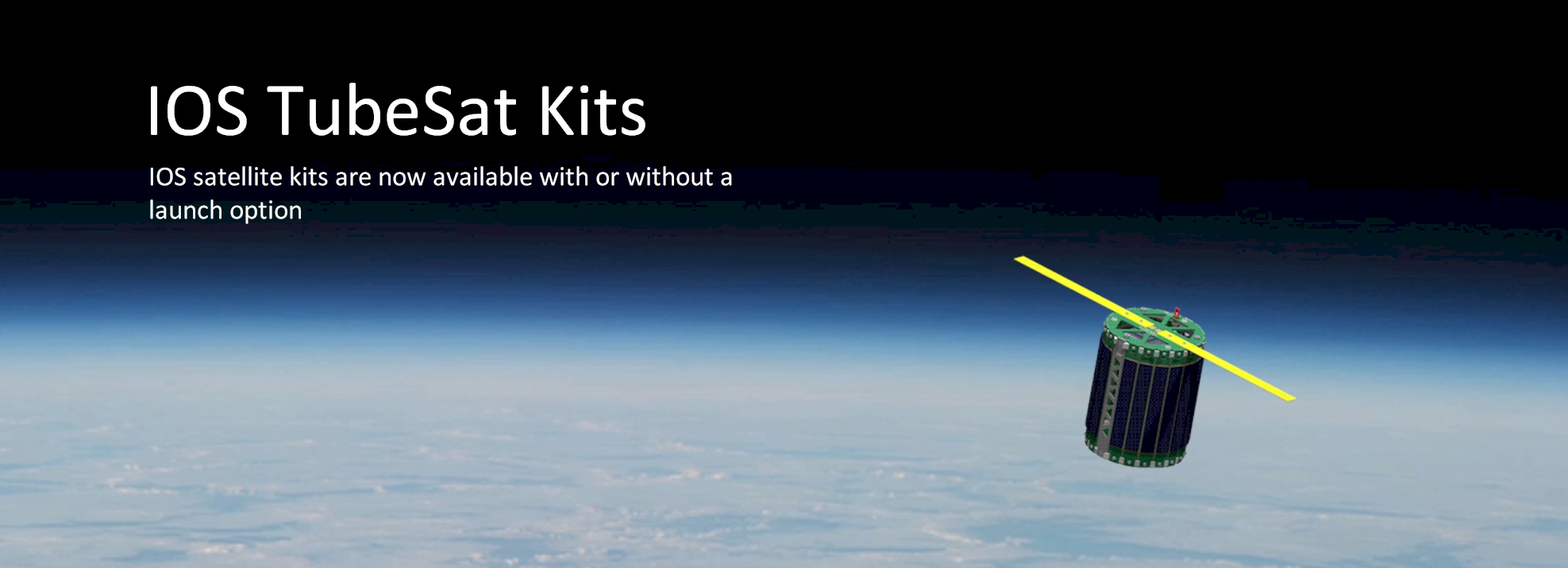
The IOS TubeSat Kit is currently the lowest-cost professional-quality satellite Kit on the planet. It is the super low-cost alternative to the CubeSat. Instead of a cubic shape, the TubeSat has a icosagon-shaped cross section and has a maximum mass of 0.75-kg. It is assembled with high-quality, custom-printed circuit boards and precision laser-cut aluminum components. TubeSat kit builders include engineering or science professionals who wish to carry out on-orbit research, educational institutions requiring student training in spacecraft design, and experimenters who just want a chance to explore space. The TubeSat can also serve as a Personal Satellite for artists, musicians, advertisers, or individuals who wish to send items into space, or to transmit messages from space. If required, and for extra fees based on mission requirements, Interorbital Systems and its partners can offer design, development, training, and manufacturing services to individuals who do no possess the technical skills required to build the spacecraft.
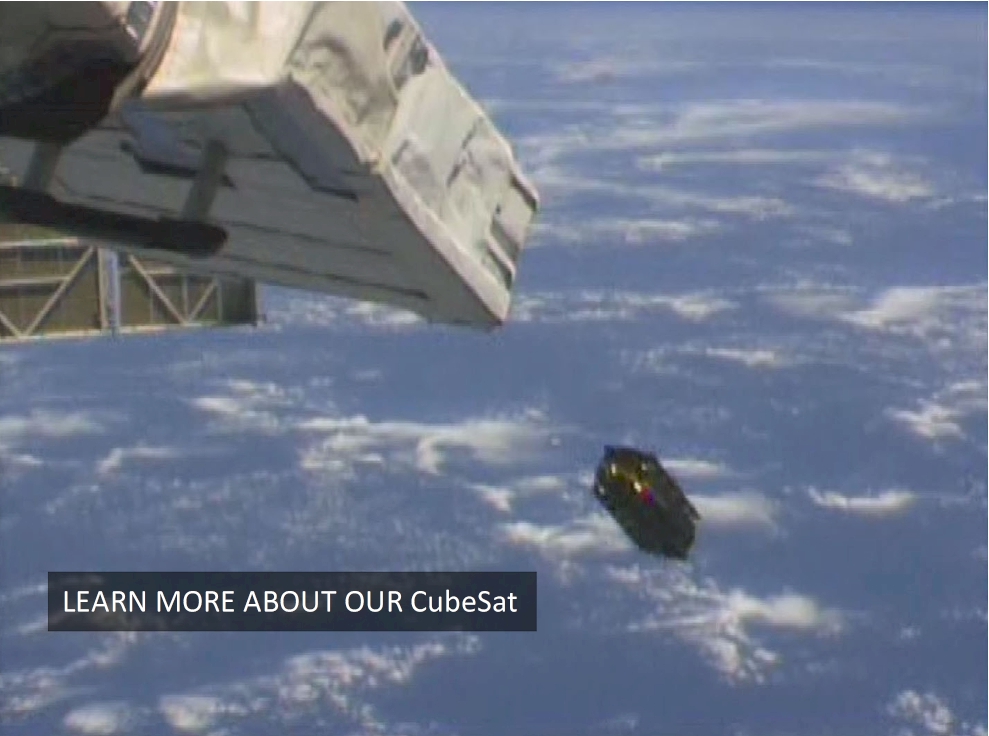
For those seeking the ultimate satellite-building experience at the lowest possible price, Interorbital Systems has completed the development and testing of its next-generation TubeSat 3.0 satellite kit. The new design includes some changes based on customer feedback from our version 1.0 and 2.0 buyers. The kits are easier to assemble and repair. This next-gen kit requires no drilling, tapping, or soldering. They can be built in under 15 minutes with just a screwdriver, leaving more time to focus on programming and developing the payload.
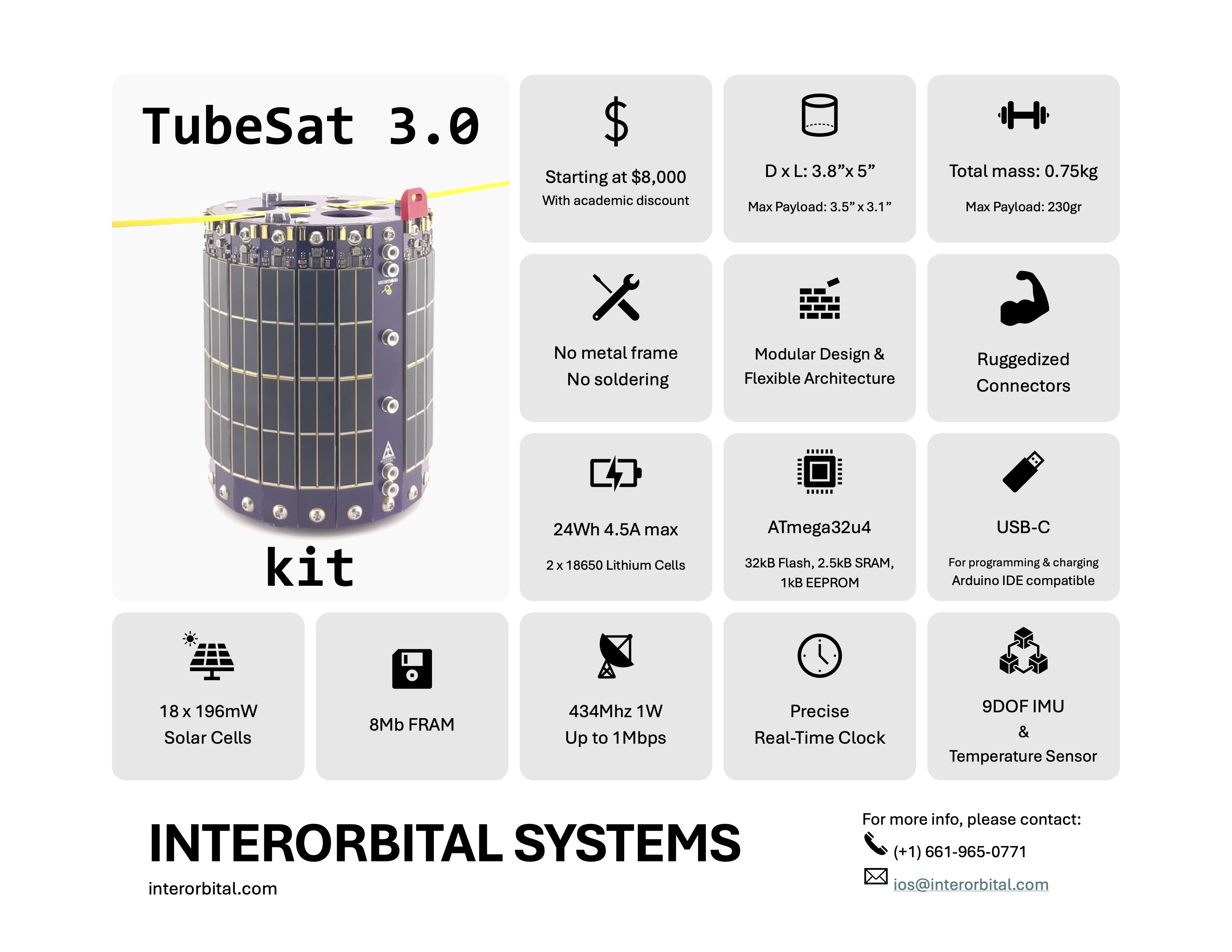
TubeSat 3.0 maintains its all-circuit board chassis construction. The builder simply bolts the solar PCB boards into position. All of these modifications contribute to reducing the satellite weight and increasing the mass allowance of the builder's experiment. TubeSat 3.0 will also be available with or without a launch to a 310-km (192-mi) polar orbit, on an Interorbital NEPTUNE launch vehicle.
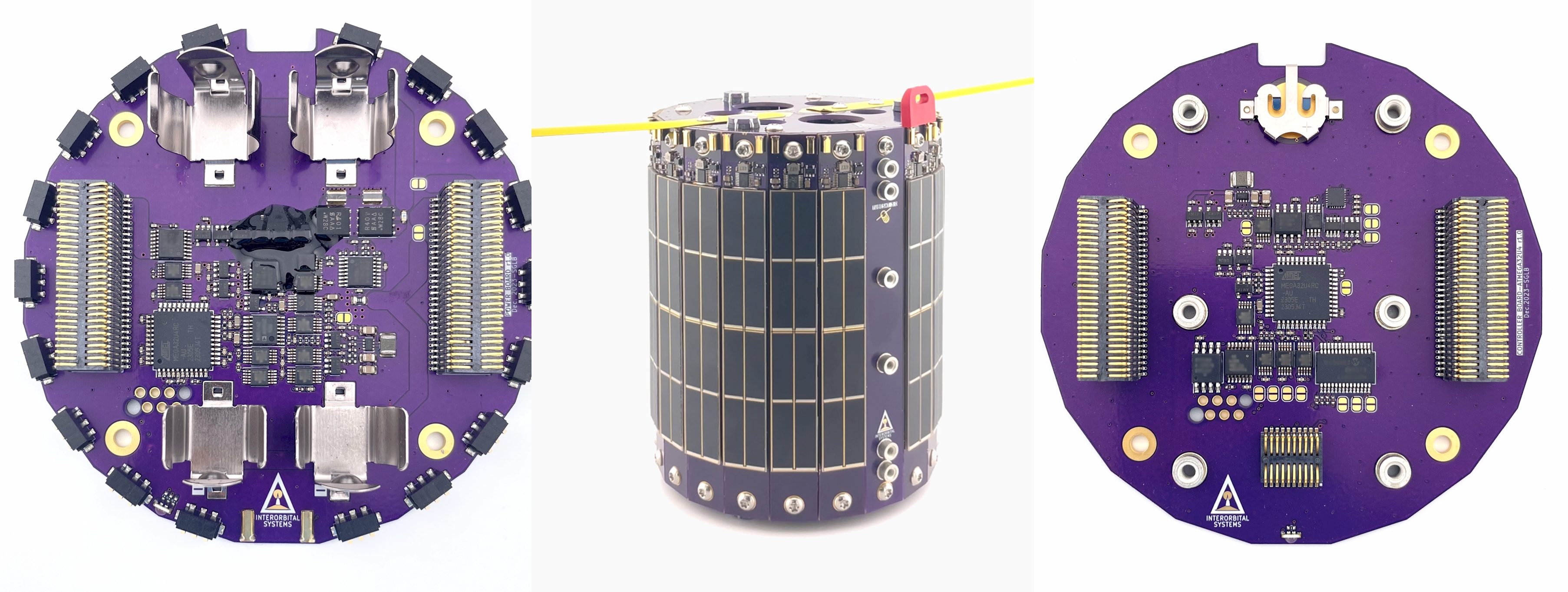

Customers who have built their own TubeSats (with the standard dimensions and mass) should contact IOS for stand-alone launch-service pricing. 2U and 3U TubeSats have double and triple the mass allowances of a 1U TubeSat (standard mass 1U TubeSat: 0.75-kg). If you wish to purchase a satellite kit or if you have any questions, please call 661.965.0771 or send an email to ios@interorbital.com.
Our launch manifest has more than 180 pre-paid customers, with most waiting for launch on our NEPTUNE rockets and some scheduled to fly with other launch providers. Many of our customers are using the satellites as teaching aids in university space-technology and STEM classes. The list of sales includes a mix of CubeSats and TubeSats (see our LAUNCH MANIFEST for a complete list). One of our client's satellites, the Tancredo Sat-1, an IOS TubeSat kit assembled and modified by students from the Tancredo Middle School in Ubatuba, Brazil, was launched to the ISS by a Japanese H2 rocket and deployed from the Kibo module in January, 2017. The school group was supported by the Brazilian Institute of Space Research (INPE), the Brazilian Space Agency (AEB), and Interorbital Systems engineers. It was the first IOS TubeSat to be placed in orbit and was a complete success.
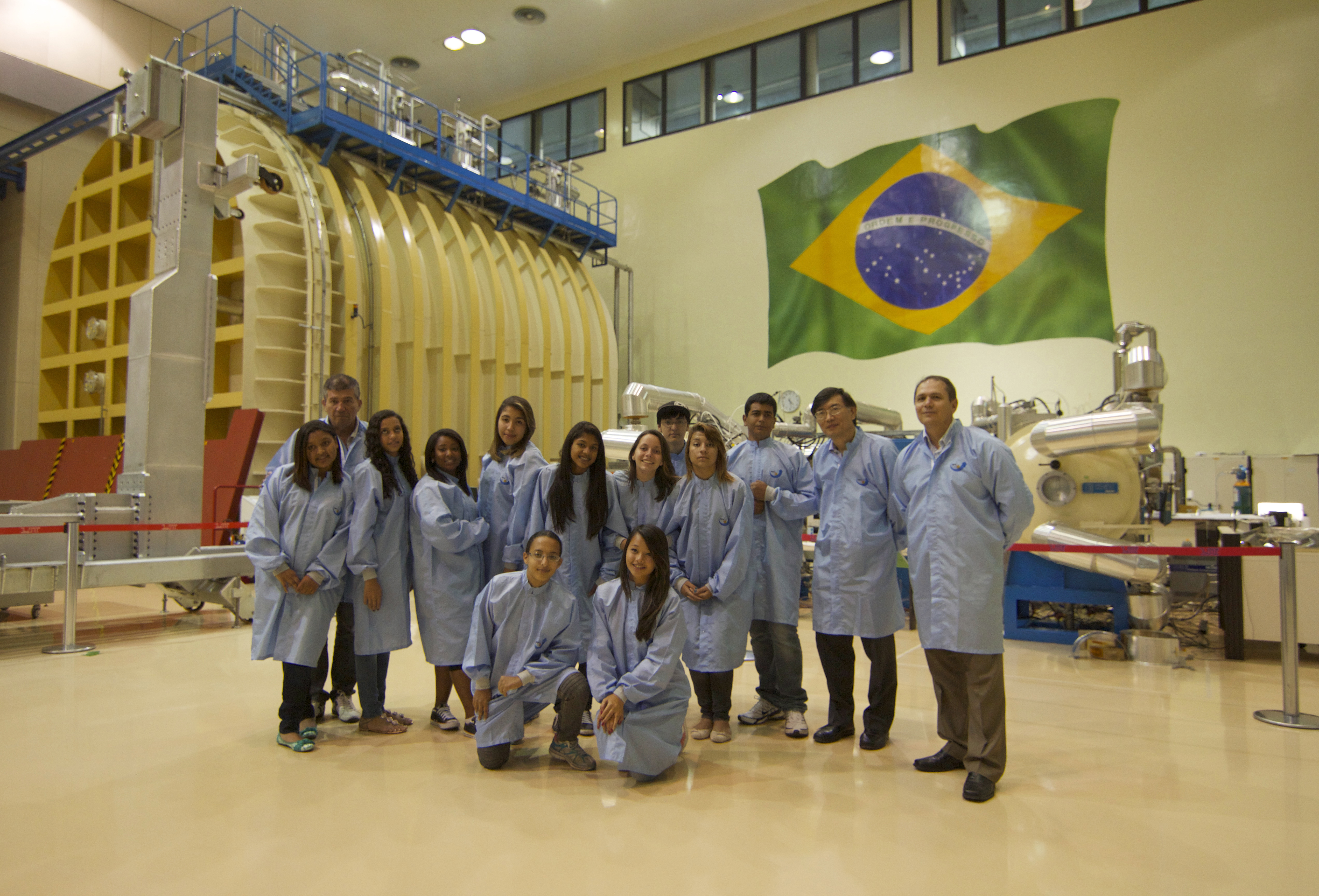
The satellite carried an audio recording device as payload, which transmitted an audio clip chosen by a contest among the school's students. Nearly 100 students participated in the construction of the satellites by soldering small components and designing circuits for their applications. Also included in the payload was an INPE simplified Langmuir probe, which studied plasma bubble formation in the ionosphere.